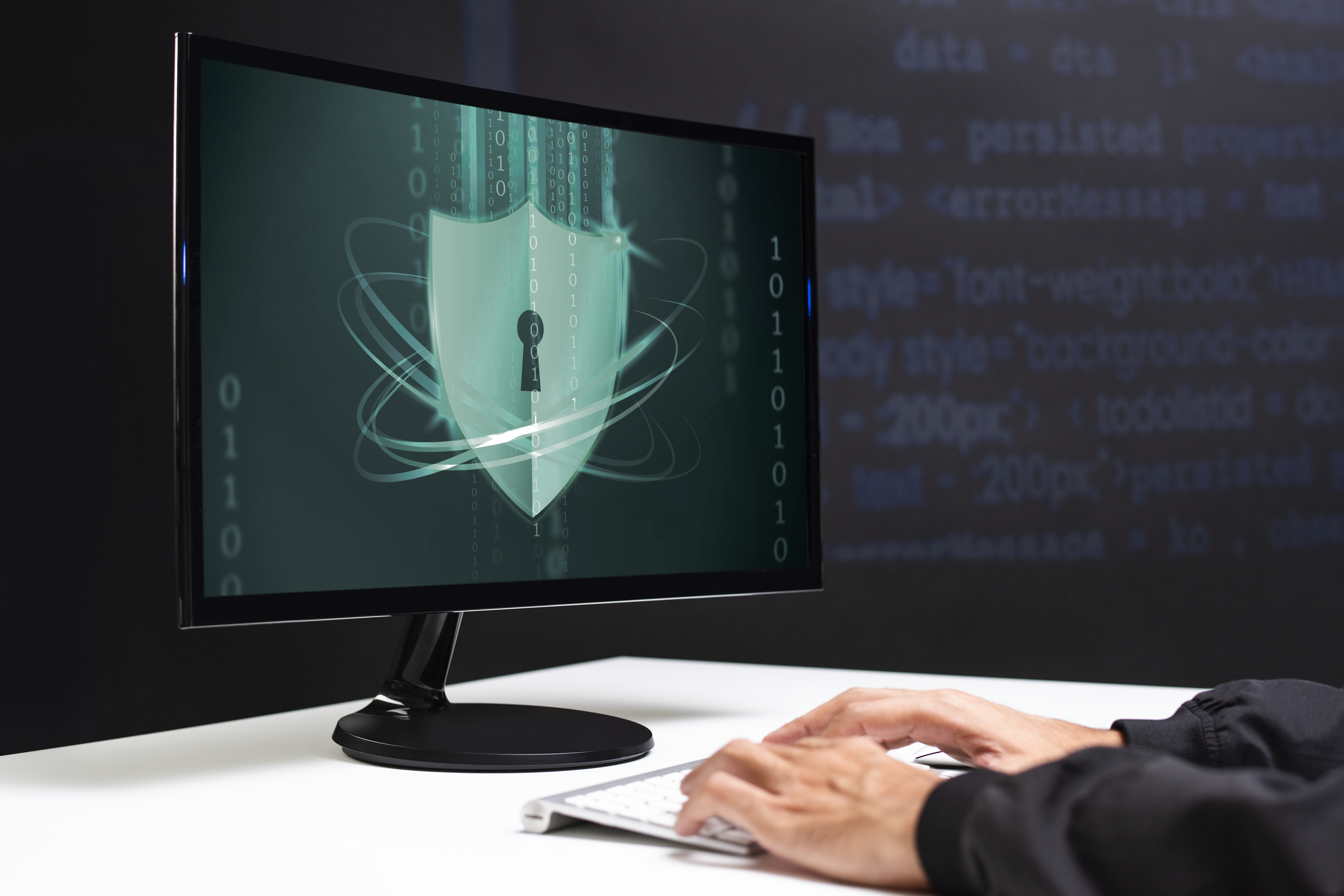
5 Steps to Protect Yourself After Data Breach Exposes 16 Billion Logins
Understanding the Urgency
In a shocking development, an organized dataset containing 16 billion login credentials, including usernames, passwords, and URLs, has been discovered. These credentials were compiled from multiple platforms such as Google, Apple, Facebook, and GitHub. While this isn't indicative of a single new breach, the sheer volume and structured nature of this collection are alarming. It's likely the data was aggregated through malware-infected devices, presenting a serious threat even if some data is recycled or duplicate. However, there are effective steps you can take to safeguard your digital identity.
1. Change Your Passwords
Begin by changing your passwords on any platform you suspect might be at risk. This step is critical even if you believe your credentials weren't directly involved in this breach. Regularly updating your passwords is a fundamental practice for online security.
2. Create Strong, Unique Passwords
Each account should have a strong, unique password. Password managers can be a significant help by generating and securely storing these passwords for you. Consider reputable options like LastPass, 1Password, or Bitwarden.
3. Enable Multi-Factor Authentication (MFA)
Enhance your security by enabling multi-factor authentication. Whenever possible, opt for app-based solutions such as Google Authenticator or Authy, as they provide superior security compared to SMS-based MFA.
4. Switch to Passkeys
Where supported, transitioning to passkeys can offer enhanced security. Learn how to set up passkeys on platforms like Facebook, Apple, and Google.
5. Stay Alert for Suspicious Activity
Remain vigilant by setting up email or app alerts for login attempts and routinely checking recent account activity. This proactive approach can quickly inform you of any unauthorized access.
While the exposure of such a vast amount of data is concerning, taking these steps can significantly mitigate the risk. Small actions like enabling MFA or updating passwords can make a substantial difference in reducing the chance of account takeover. Take a few moments today to implement these security measures and better protect your digital life.
